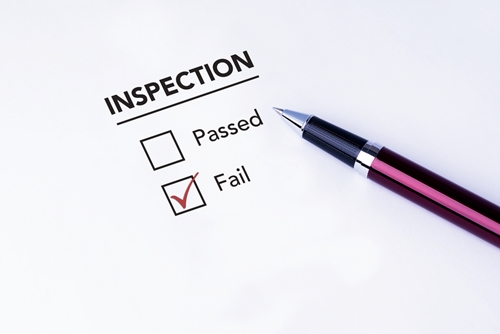How an LIS Can Prepare Clinical Labs for CLIA Compliance

The federal government regulates laboratories under the Clinical Laboratory Improvement Act statutes to ensure lab staff performs quality testing.
To ensure compliance with these regulations, federal agencies conduct regular, unannounced, on-site inspections of laboratory facilities. A laboratory information system provides these facilities the ability to create a culture of continuous quality and record-keeping to maintain CLIA regulatory compliance.
CLIA Background and Current Obstacles
Passed in 1967, the original CLIA regulations only pertained to hospitals and independent laboratories. The Omnibus Budget Reconciliation Act of 1987 expanded this purview to also include high-volume physician-office laboratories (POLs), codified in the passage of CLIA ’88. The updated act now includes anyone performing tests for the diagnosis, prevention or treatment of disease or health problems on human specimens.
However, the burden to remain compliant with CLIA led to some POLs scaling back or completely eliminating certain laboratory testing to avoid dealing with compliance issues, according to the Association of Clinical Physicians. Fortunately, a 2003 rewrite of the regulations and nearly 15 years of familiarity has made it easier for physicians to undertake laboratory testing.
Despite advances to laboratory workflows, there are several deficiencies common among clinical labs during POL testing, according to the Centers for Medicare & Medicaid Services. These deficiencies range from staff failing to define criteria for the proper storage of reagents and specimens to not performing the required biennial accuracy verification for tests or procedures. Although no more than 5.1 percent of labs inspected nationwide were cited for a deficiency, this still represents hundreds of clinics that have failed to work in compliance with CLIA standards.
While remaining compliant can be difficult and even expensive, it’s crucial that clinical labs have the tools they need to effectively and efficiently operate within these guidelines and standards without straining their resources. A laboratory information system helps prepare clinical labs by creating cohesive workflows for all systems, instruments, barcoding and management reports.
Remaining CLIA-Compliant
There are many factors that go into remaining CLIA compliant, including:
- Quality control for pre-analytic, analytic and post-analytic processes.
- Quality assessment.
- Preparing a procedure manual for facility staff.
- Patient testing management.
- Personnel proficiency testing.
- Minimum standards for practices.
- Record-keeping requirements
In addition, several agencies have jurisdiction over CLIA compliance:
- Centers for Medicare & Medicaid Services: Monitoring and enforcing CLIA regulatory compliance of lab surveys and certifications.
- Centers for Disease Control: Assisting in providing technical expertise.
- Federal Drug Administration: Testing and providing guidance on test complexity categorization.
During the CLIA survey process, the inspectors will observe staff at work and review records, data and information.
As noted by the ACP, labs will find the survey less cumbersome if they have all their materials – procedure manuals, patient records, etc – easily accessible and well-organized. A laboratory information system provides clinical labs with the ability to provide inspectors with instant access to this data by maintaining it in a single repository.
Additionally, since CLIA requires laboratories to accurately report laboratory information privacy in a timely manner, an LIS facilitates the transmission of this data, as the EHR can send an HL7 message to alert the lab of received messages.
Click here to learn more about how LIS technology helps labs maintain CLIA compliance.
